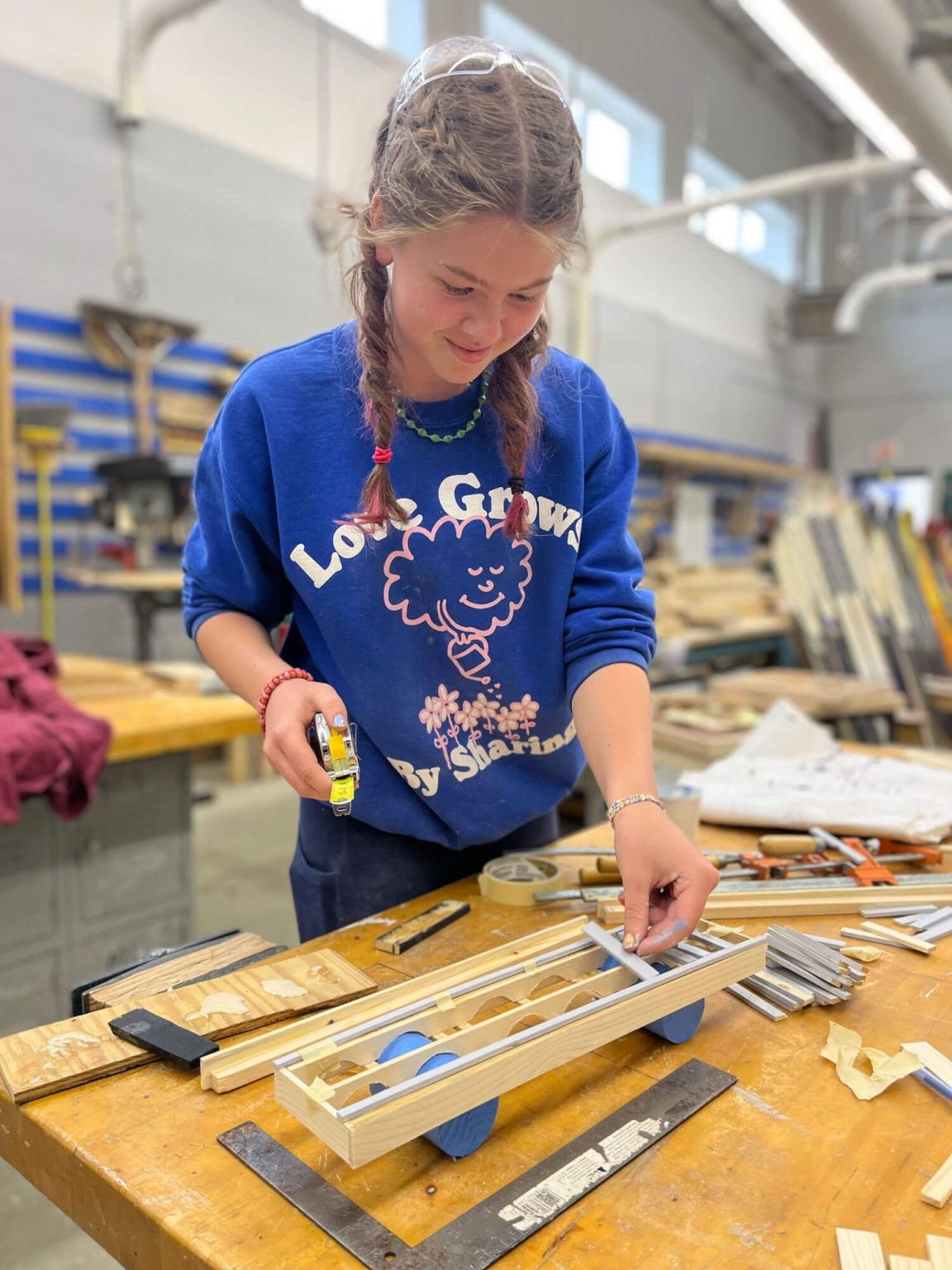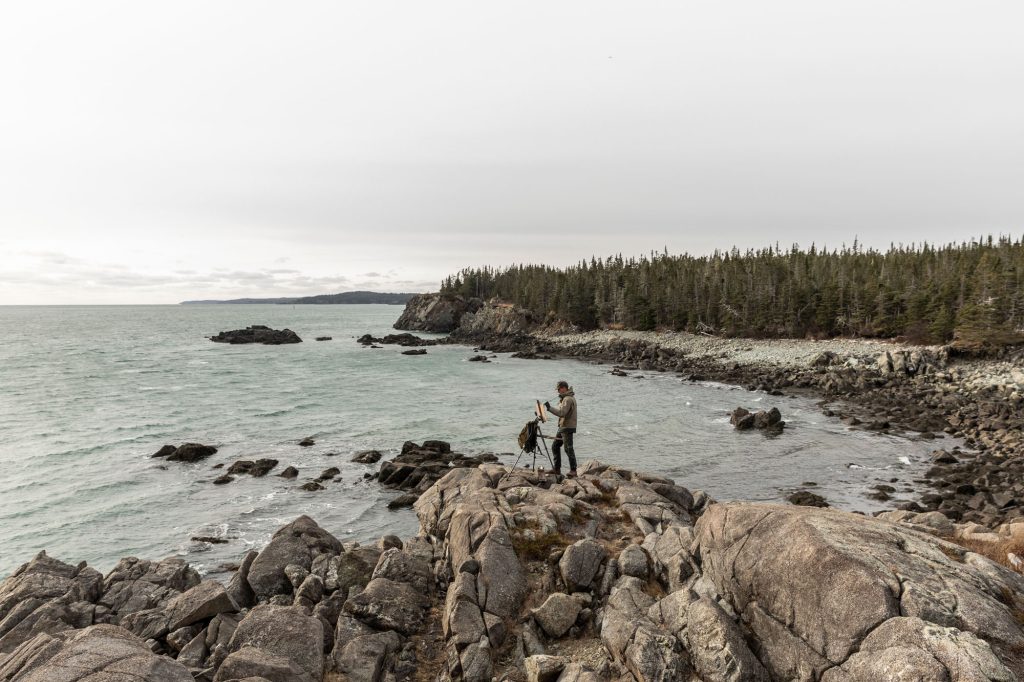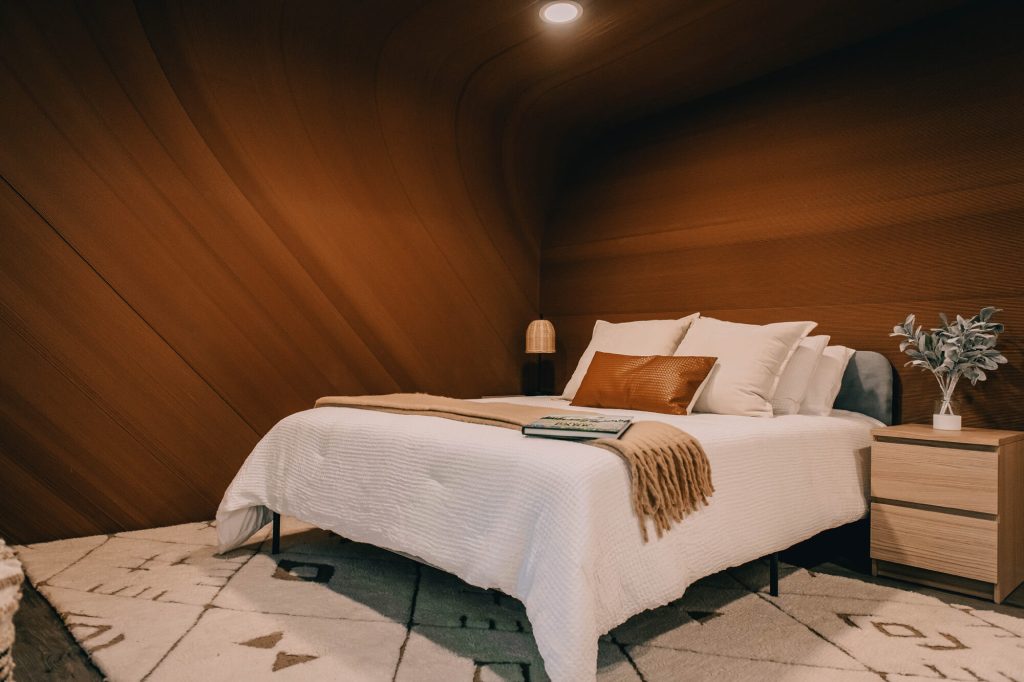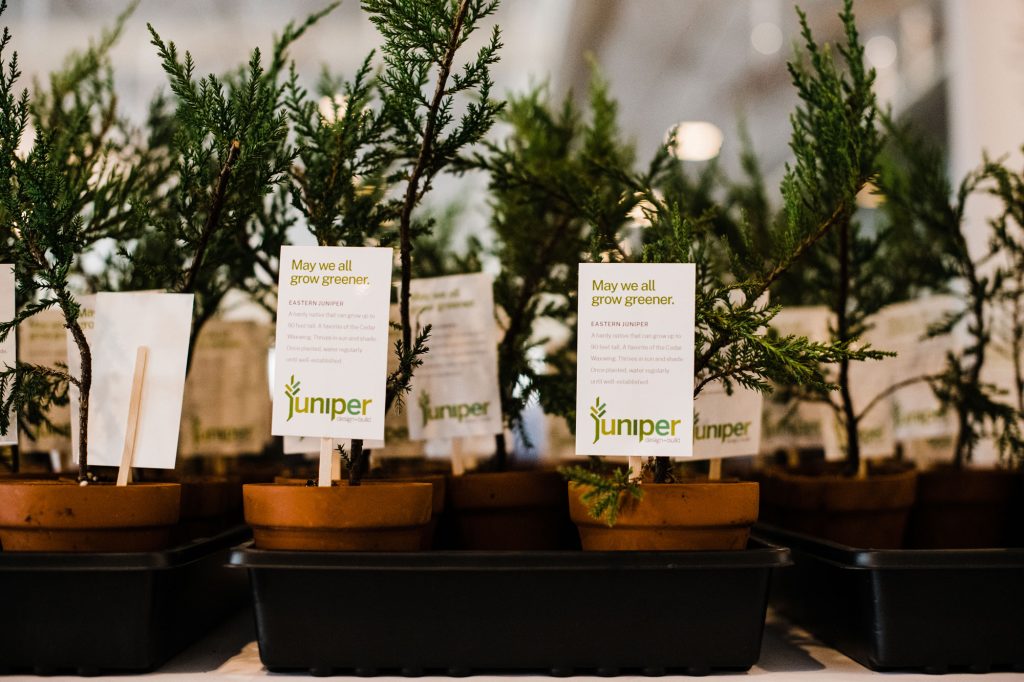At The Hatchery, worn-out skis transform into Adirondack chairs, grayed and rough pallets become sanded-smooth benches, and decks live a second life as raised beds in a community garden. More than just a makerspace for academic credit, The Hatchery, an emerging program at Camden Hills Regional High School in Rockport, changes mindsets. Avery Hackett (Class of ’23), a recent graduate of the Hatchery Apprenticeship, now asks questions like: “Do I really need this? Do I need to throw this away? Could I reuse this?” While recycling has become the mainstream solution to overflowing landfills, students involved in The Hatchery are more interested in two other R-words: “Radical Reuse,” a term the program’s coordinator, Daniel Salomon, coined, meaning the sourcing of materials exclusively from a region’s waste stream.
Through in-school apprenticeships, after-school programs, and summer internships, Salomon empowers his students to dream big, work collaboratively, and tackle problems with their own creative designs. Charlotte Nelson (’25) appreciates the freedom and structure. “It’s more like we’re equals. We’re all learning together. We’re trying new things. You want to do something? Go for it.”
Growing hydroponic seedlings in rafts made from plastic water bottles, revamping the school’s compost system, and launching the ad-hoc bike shop are just a few of the projects born here. When Laura Riordan (’26) learned about mycelium, the root-like filaments of mushrooms, she and three fellow Hatchery students designed a “mushroom float” as an alternative to the expanded polystyrene foam used in floating dock systems. They pitched the idea at a competition in Texas and won a $15,000 grant to develop their concept and build the docks.
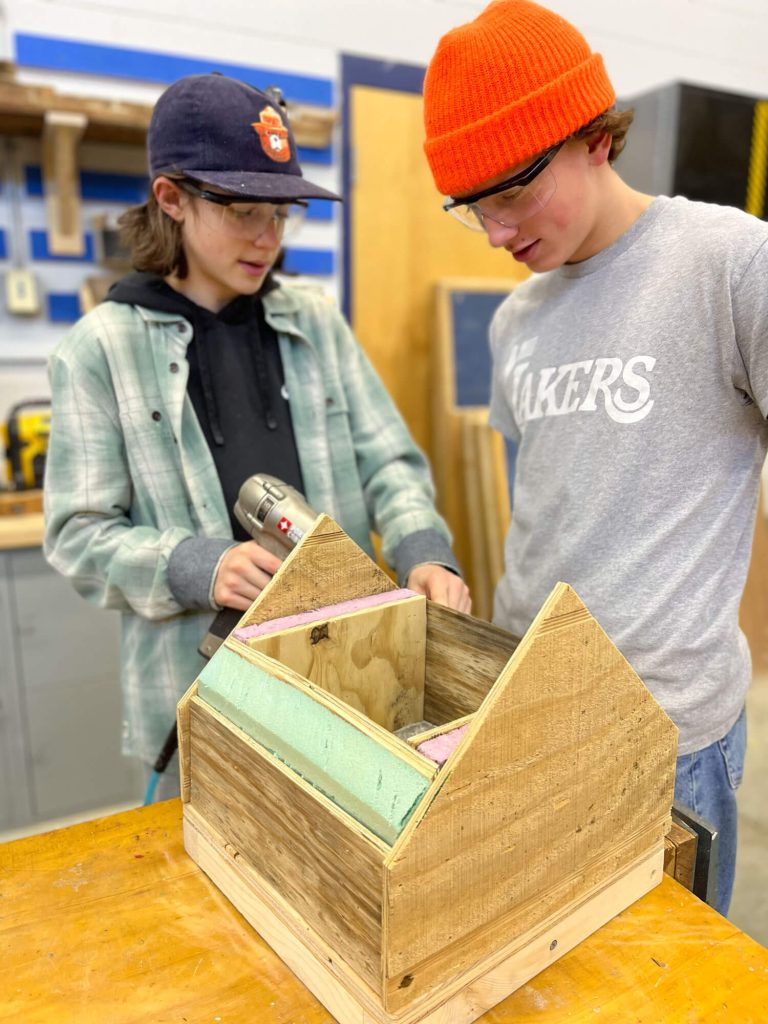
During a lunchtime interview in the Hatchery’s yard, students spoke of the history behind the furniture they’ve made—flower boxes and bike racks made from cafeteria benches, picnic tables made with wood from Camden’s former boardwalk. Sadie Woodruff (’22), home from college on summer break, sat at one of the picnic tables and compared it to manufactured and 3-D printed goods. “I’d much rather have a table like this than something pooped out of a machine, because it has a story.” Unfortunately, many such stories are landing in the trash. Maine’s older homes often contain old-growth lumber hidden in the walls, wood that could be salvaged. Salomon says, “Not only are we throwing out beautiful, valuable lumber all the time; we’re throwing out history.”
Deconstruction, the act of taking things apart for the purpose of salvage and reuse, is at the core of the program’s ethos. After watching the demolition of the school’s water-damaged gym floor, Avery Hackett, Quinn Riordan (’24), and Salomon were inspired to investigate waste management. They learned that within a 50-mile radius of the school, 40,000 tons of construction and demolition debris (CDD) is sent to landfill every year—the equivalent weight of 667 single-family homes. Fourteen out of the sixteen Maine landfills they contacted have reached capacity and must export their waste to other locations. Meanwhile, in just two years, The Hatchery has intercepted more than fifty-thousand-dollars-worth of material. To understand deconstruction’s large-scale potential, Hatchery students looked to cities such as Portland, Oregon, which has, since passing a deconstruction ordinance in 2016, diverted two million tons of materials from landfills.
Now Hatchery students are on a mission to make deconstruction a priority for the entire state. They’ve been giving presentations to local leaders and groups, emphasizing the need to build infrastructure, develop a skilled-worker base, and eventually pass a deconstruction ordinance similar to the one in Portland, Oregon—measures that could ease environmental concerns, create jobs, and save pieces of local history. Until then, new ideas will keep emerging from the old woodwork and their young minds. ▪
